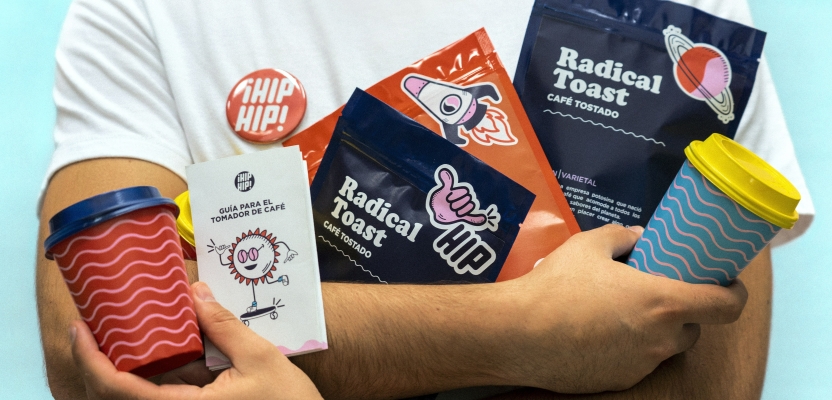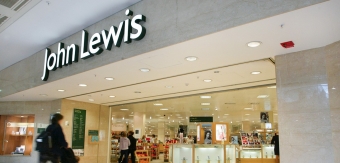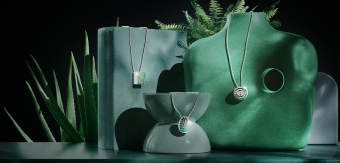Today’s consumers are a more discerning bunch than those that came before. They don’t just want to know what a brand sells but what it stands for and this is where brand purpose comes into play; its reason for being beyond just making a profit and getting its name in as many mouths and minds as possible. It’s the reason why a brand exists and the impact it wants to have on the world.
A brand’s purpose can be a powerful so getting it right is crucial, particularly in a world where perception matters so much. With that in mind, I thought I’d have a crack at outlining 10 ways to ensure your brand purpose is spot-on.
1. Define your purpose
Your brand purpose should be a succinct statement that captures your brand’s reason for being. It should be authentic and resonate with your target audience. Ask yourself these questions: Why does your brand exist? What problem does it solve? What impact does it want to have on the world?

Take the example of noted environmental clothing company Patagonia. Their purpose is “to use business to inspire and implement solutions to the environmental crisis.” This purpose is authentic to their brand and resonates with their target audience of outdoor enthusiasts who care about the environment.
2. Align your purpose with your values
Your values are the guiding principles that your brand lives by. They define what your brand stands for and how it behaves. Aligning your purpose with your values will help ensure that your purpose is authentic and consistent with your brand’s identity. It will also help you communicate your purpose effectively to your target audience.
For example, if your brand values are centered around sustainability, your brand purpose should reflect this. If your purpose is to create products that make people’s lives better, but your products harm the environment, your purpose will come across as disingenuous.
3. Be specific and tangible
This means it should be clear what your brand is doing to achieve its purpose. If your brand’s purpose is to promote healthy living, you should be specific about how you are doing this. Are you creating healthy products? Are you sponsoring events that promote healthy living? Are you partnering with health organizations to raise awareness?

Being specific and tangible will help your audience understand how your brand is making a difference and will make your purpose more compelling.
4. Be authentic
Authenticity is key when it comes to brand purpose. Your purpose should be authentic to your brand and not just a marketing ploy. Consumers are savvy and can quickly tell if a brand’s purpose is genuine or not. If they sense that your purpose is insincere or inconsistent with your brand’s behaviour, they will quickly lose trust in your brand.
To ensure authenticity, make sure that your purpose aligns with your brand’s history and values. It should be something that your brand has always cared about, rather than something that you’ve suddenly decided to care about because it’s on-trend.
5. Involve your employees
Involving your employees in your purpose can help them feel more connected to your brand and can increase their engagement and motivation. Make sure that your purpose is communicated effectively to your employees and that they understand how their work contributes to achieving your purpose.
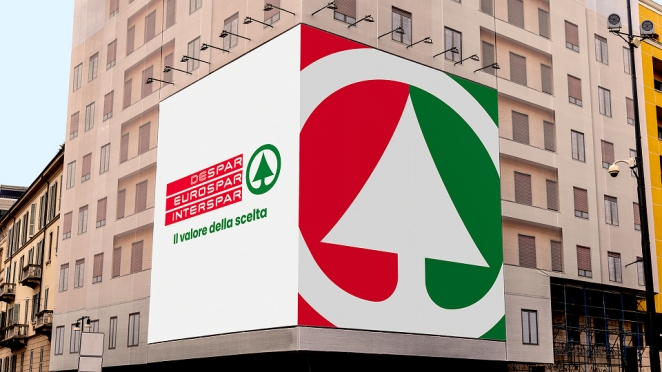
Provide opportunities for your employees to get involved in initiatives that support your purpose, such as volunteering or fundraising. When your employees are aligned with your purpose, they can become powerful ambassadors for your brand and can help to strengthen your brand’s reputation.
6. Communicate your purpose effectively
Your purpose should be communicated in clear, compelling, and consistent way. Your messaging should be aligned with your brand’s values, tone, and voice. One effective way to communicate your purpose is through storytelling. Use storytelling to bring your purpose to life and connect with your audience on an emotional level. Share stories about how your brand is making a difference, the impact it’s having, and the people it’s helping.
Another way to communicate your purpose is through partnerships and collaborations. Partnering with organizations or individuals who share your purpose can help amplify your message and create more impact. Also, make sure that your purpose is integrated into all aspects of your brand. It should be reflected in your products, your marketing, your culture, and your customer experience.
7. Continuously evolve your purpose
your brand grows and changes, your purpose should evolve too. Continuously evaluate your purpose and make sure that it remains relevant and aligned with your brand’s values and goals.
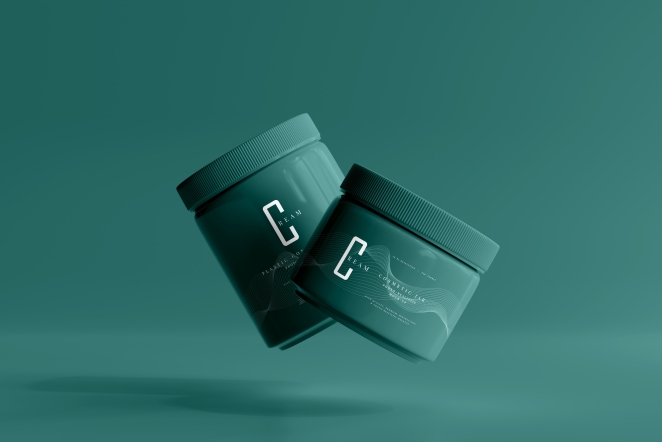
As you evolve your purpose, make sure to communicate the changes to your audience and involve your employees in the process. This will help ensure that your purpose remains authentic and that your stakeholders remain engaged.
8. Measure the impact of your purpose
Measuring the impact of your purpose is crucial for understanding whether your efforts are making a difference. Set clear metrics and track your progress regularly. Use data to inform your decisions and adjust your strategy as needed.
Sharing the impact of your purpose with your audience can also help build credibility and trust. Share stories and data that demonstrate the positive impact that your brand is having.
9. Stay true to your purpose
Inevitably, there will be times when staying true to your purpose will be difficult. External pressures, such as financial constraints or changes in the market, can challenge your commitment to your purpose.
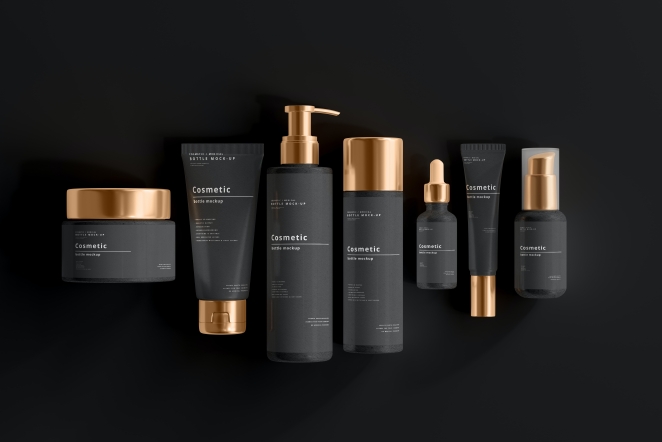
During these times, it’s important to stay true to your purpose and make decisions that are consistent with your values and goals. This will help maintain your brand’s credibility and reputation.
10. Collaborate with your audience
Finally, involving your audience in your purpose can create a sense of ownership and collaboration. Solicit feedback and ideas from your audience and involve them in initiatives that support your purpose.
This can help create a sense of community and shared purpose and can also generate new ideas and insights that can help your brand achieve its goals.
When done right, your brand purpose can be a powerful tool for connecting with your audience, creating long-lasting loyalty, and making a positive impact in the world. Is there anything I’ve missed? Let me know in the comments below.

